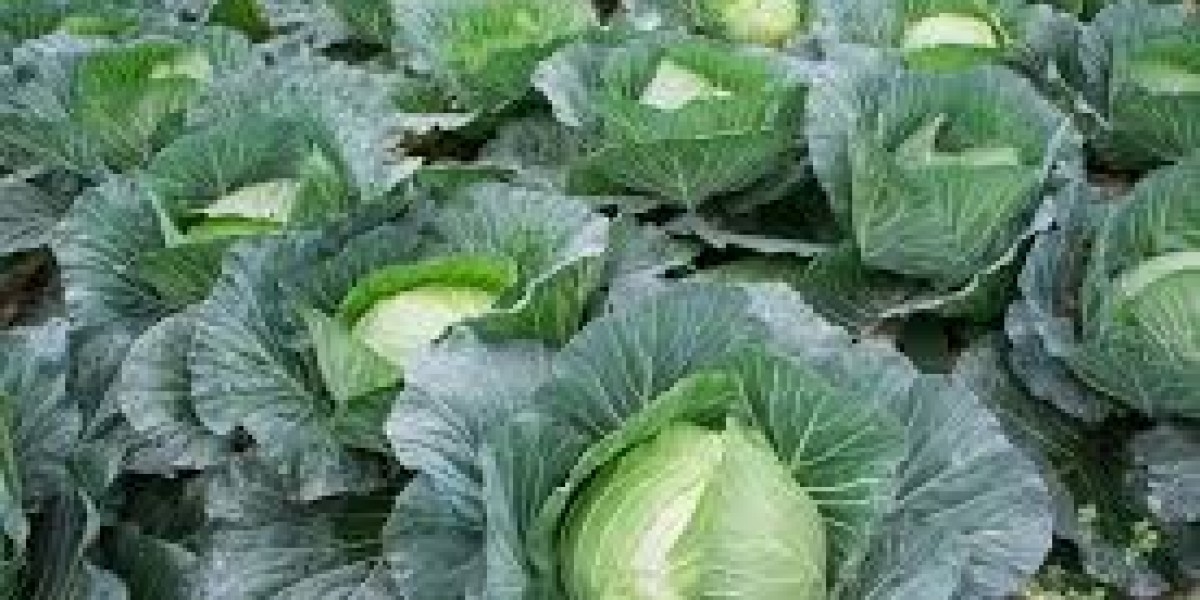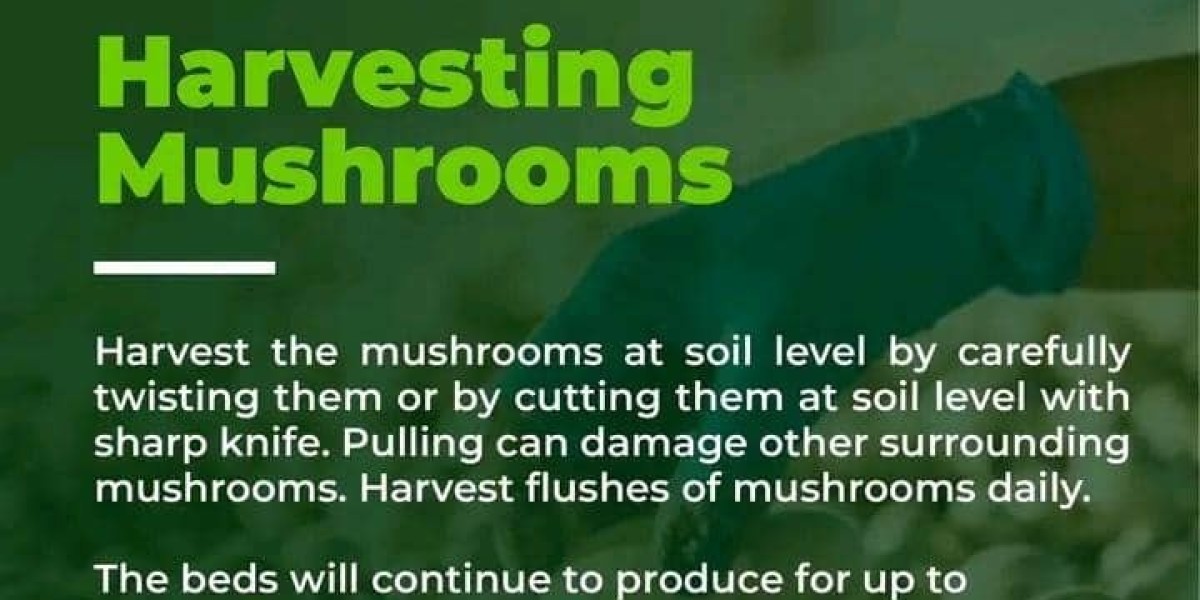Climate and Temperature
- Cabbages thrive in cooler temperatures. Ideal growing temperatures range from 55°F to 75°F (13°C to 24°C). They can tolerate light frosts but may struggle in extreme heat.
- If you're in a hot climate, consider planting cabbages during the cooler months or choosing heat-resistant varieties.
2. Soil Quality
- Cabbages prefer well-drained, fertile, and loamy soil with a pH of 6.0 to 6.8. Before planting, test your soil to make sure it has the right nutrients and pH.
- If the soil is too acidic, you can add lime to raise the pH. Organic compost or well-rotted manure can improve soil fertility.
3. Sunlight
- Cabbages need full sun for at least 6 hours a day to grow properly. Ensure your planting area receives enough sunlight.
4. Watering Needs
- Cabbages need consistent moisture to grow well, but they don’t like soggy soil. Make sure to water regularly, especially during dry periods, but avoid overwatering, as it can lead to root rot.
- Consider mulching around your plants to help retain moisture and prevent weed growth.
5. Space and Planting Density
- Cabbages require enough space to grow. Plant them about 12 to 18 inches apart, with rows spaced 24 to 36 inches apart, depending on the variety.
- Overcrowding can lead to poor air circulation and increased susceptibility to diseases.
6. Pests and Diseases
- Cabbages are prone to pests like aphids, cabbage worms, and flea beetles. Consider using row covers or natural pest control methods like introducing beneficial insects.
- Watch for signs of diseases such as clubroot, black rot, or mildew. Crop rotation is important to reduce disease risks.
7. Fertilization
- Cabbages are heavy feeders and will benefit from regular feeding. Use a balanced fertilizer high in nitrogen to promote healthy leaf growth. Be cautious not to over-fertilize, as this can result in poor head formation.
- Side-dressing with compost or organic matter during the growing season can also help.
8. Growing Season
- Cabbages are a cool-season crop, meaning they have a relatively long growing season (3-6 months). Be mindful of your local frost dates and ensure you plant early enough to allow the cabbage to mature before the weather becomes too hot.
9. Variety Selection
- There are several types of cabbage, such as green, red, Savoy, and Napa. Choose a variety that is suitable for your climate and intended use (e.g., raw, cooked, or for fermenting).
- Some varieties are more resistant to pests and diseases, while others are better suited for storage or fresh eating.
10. Harvesting
- Cabbages are typically ready to harvest when their heads are firm and well-formed. If you see the outer leaves turning yellow or wilting, it’s usually a sign that they are ready to be harvested.
- Be mindful not to wait too long, as overripe cabbages may split or become tough.
By considering these factors, you'll be better prepared to grow healthy and productive cabbage plants.



